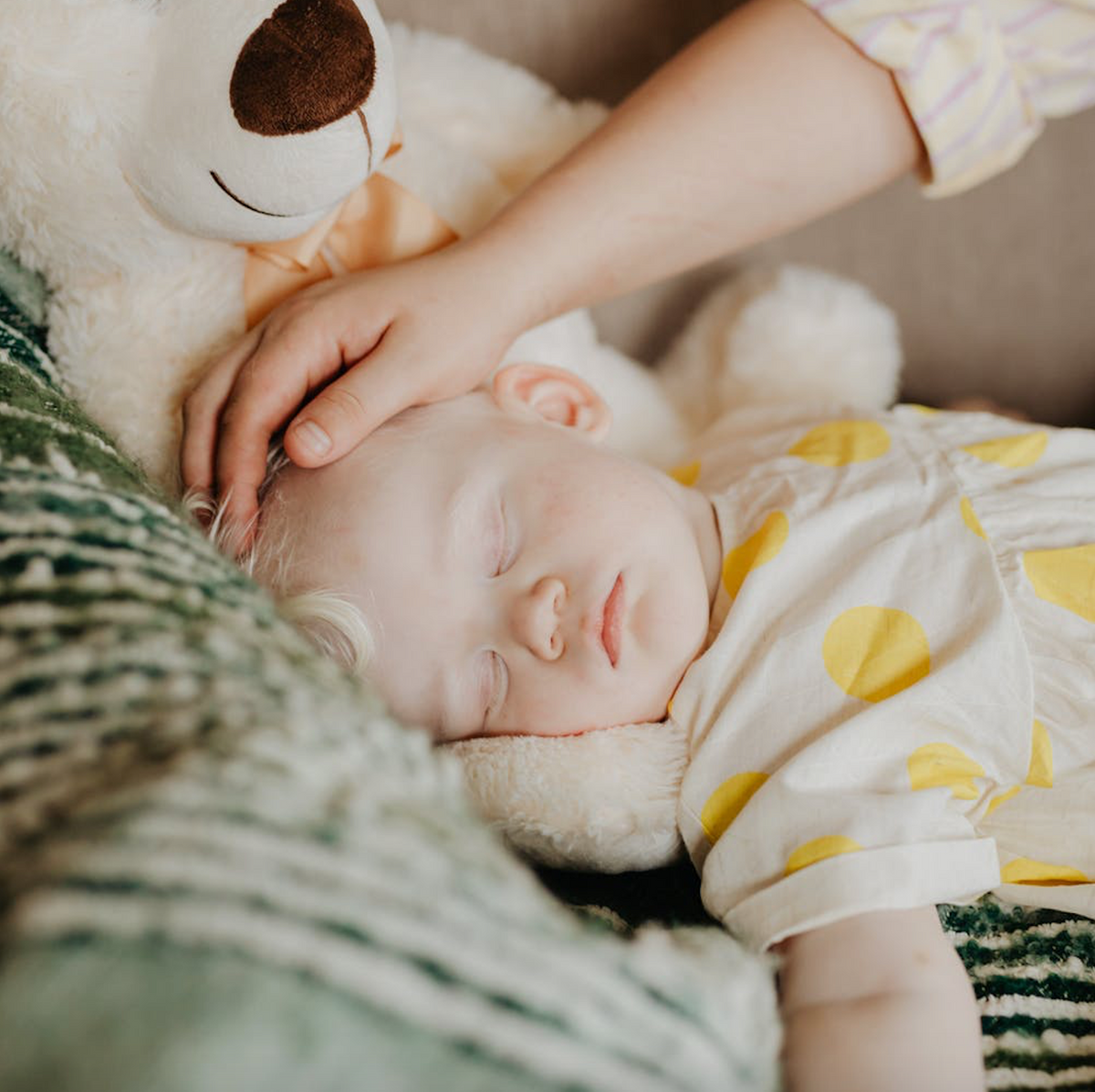Parenting Conversation: Sleep Training
12th July 2022
“Goodnight, and Good Luck!” is probably the best thing you can say to blurry-eyed parents trying to get their baby to ‘sleep through the night,’ or is it? Perhaps… ‘Goodnight and stick to the plan!’...
While there is a huge amount of luck when it comes to babies sleeping through the night, there is a lot to be said for taking a methodical sleep training approach as well. We have all heard of those superior night nannies that get babies sleeping soundly through the night at 6 weeks. Sadly, the reality for most of us is that our nights will be fully, if not partially, interrupted for a good 6 months, at least…
There are a number of baby experts out there who give varying advice, but the most important is to do what works for you and your family. Some parents prefer to go with the flow and let their baby feed and sleep on demand. However, an increasing amount of mothers, especially those that have to get back to work soon, or who simply cannot handle the sleep deprivation, dedicate these first months to getting their babies into a routine that will successfully get everyone enough sleep at night.
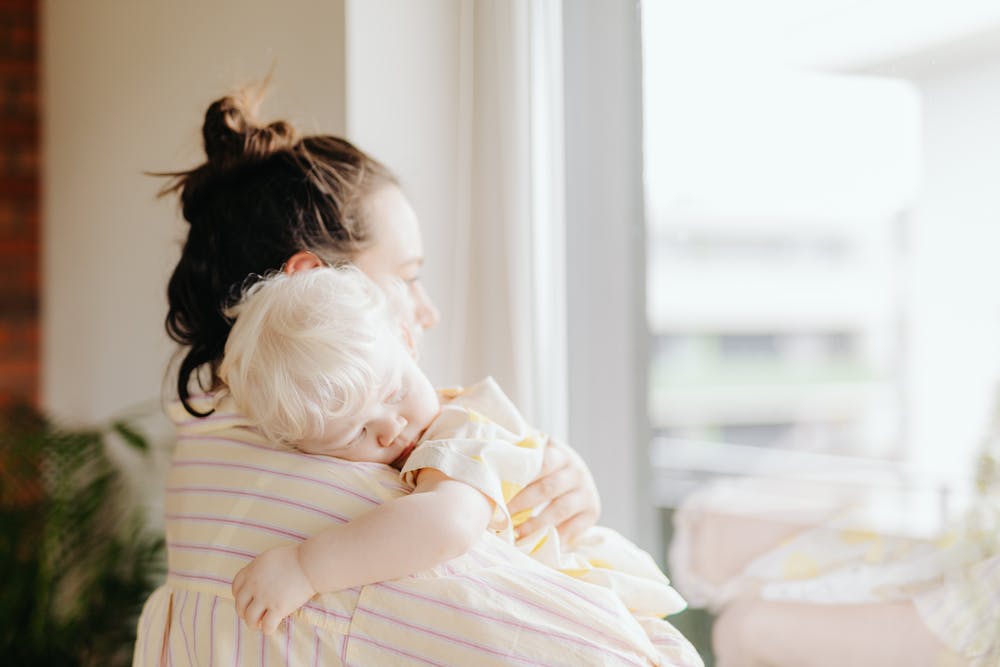
“It is important to understand that babies sleep in short cycles of between forty-five and sixty minutes (depending on their age). At the end of this sleep cycle one of two things happens: they either immediately start a new cycle, or they wake if something alerts them (that something could be hunger, thirst, pain, fear, discomfort, a need for human contact, or a wet diaper). If something is wrong, physiologically or psychologically, they need their parent’s help to start a new cycle. The babies who ‘sleep through’ are either naturally calm and connecting sleep cycles because nothing is wrong, or they have been trained to not communicate their problems to their parents through some form of mainstream (cry-based) sleep training." -The Gentle Sleep Book
Most experts recommend starting sleep training when your baby is between 4 and 6 months old. By about 4 months, babies have typically started to develop a regular sleep-wake cycle and drop most of their night feedings. These are signs they may be ready to start sleep training. Many babies this age are also developmentally able to sleep for long stretches at night.
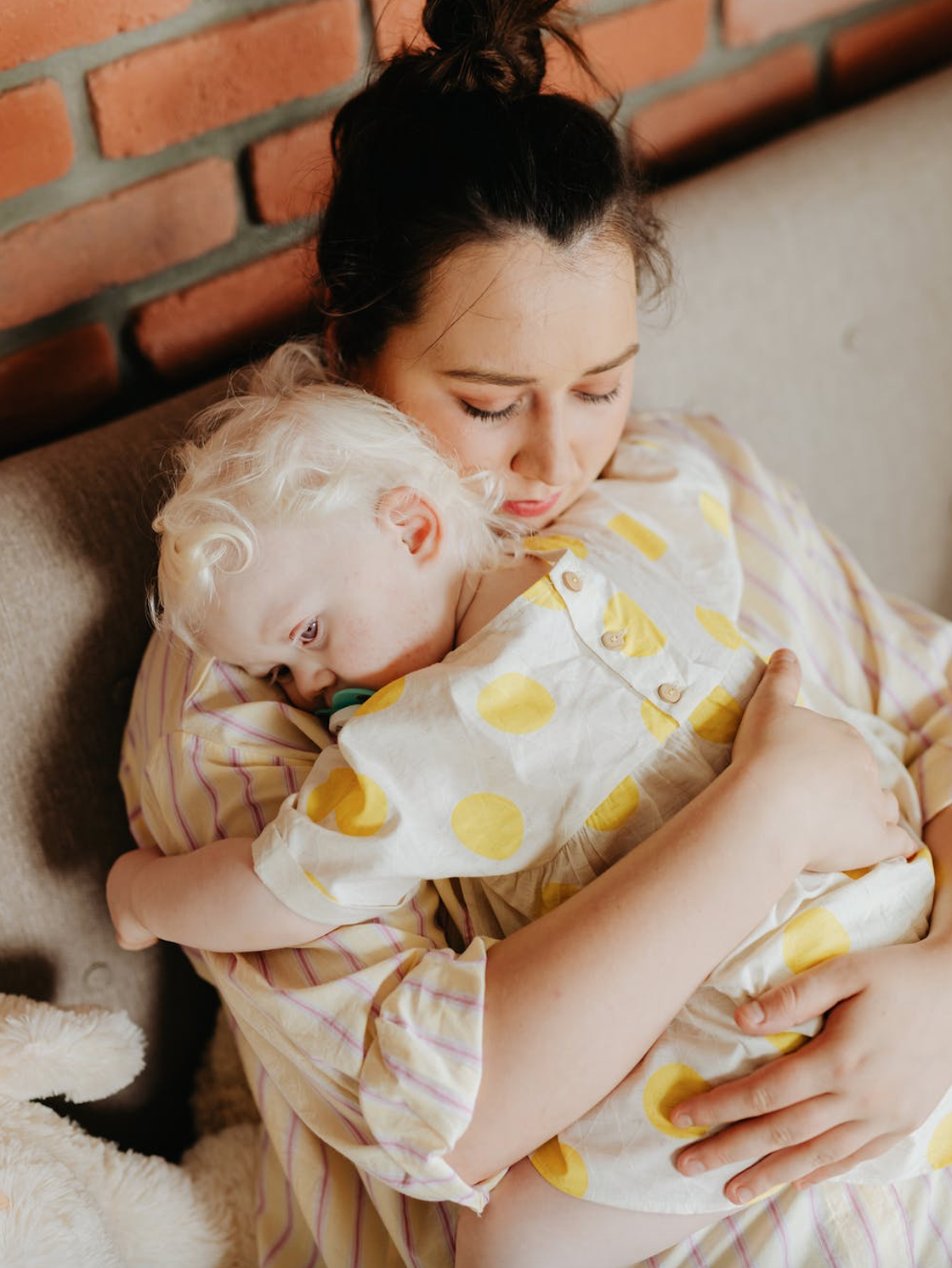
However, from as early as 2 weeks you can introduce a light bedtime routine with a newborn. A bath before turning the lights down around 7pm and dressing the baby for sleeping helps associating bath time with being put down for the long-haul sleep session. Whatever you do, make sure you do roughly the same thing every night so they create strong and consistent sleep associations with going to bed at this time.
Tracy Hogg’s flexible E.A.S.Y method: ‘Eat. Activity. Sleep. You time…’ suggests starting your day, normally 7am, with the first ‘Eat’ and then repeat in 3 hour slots until you can progress to 4 hour slots and no night feeds. On the stricter end of the spectrum is Gina Ford, whose timed routines, when followed, do have glowing results for babies sleeping through the night early. She instigated the 10pm wakeup and feeding to encourage a baby to do its ‘long’ sleep stretch at the same time as the parents. However, her routine does not give much flexibility, and as such many parents can become slaves to her routines and feel frustrated if things don’t go as planned!
There are many different methods for sleep training, from closing the door at bedtime and letting them ‘cry it out’, to the “no tears” and “soothing” approach. “Parents have to assess their strengths and limitations. Often sleep-training programs fail because parents are too sleep deprived themselves and can’t follow through with the work…they can’t take the crying anymore,” says sleep training expert, Weissbluth. Consider also that what worked for one child may not work for a second, and for some families a crying out option is not possible, as it will wake the whole house up! According to Mindell, “constant parental consoling can in fact prolong or intensify the process, and some babies with more resilient temperaments respond better to just crying it out.” Whichever method you choose, it is worth sticking to for 7 - 10 days before giving up. Should the problem intensify then consider getting a sleep consultant in to help.
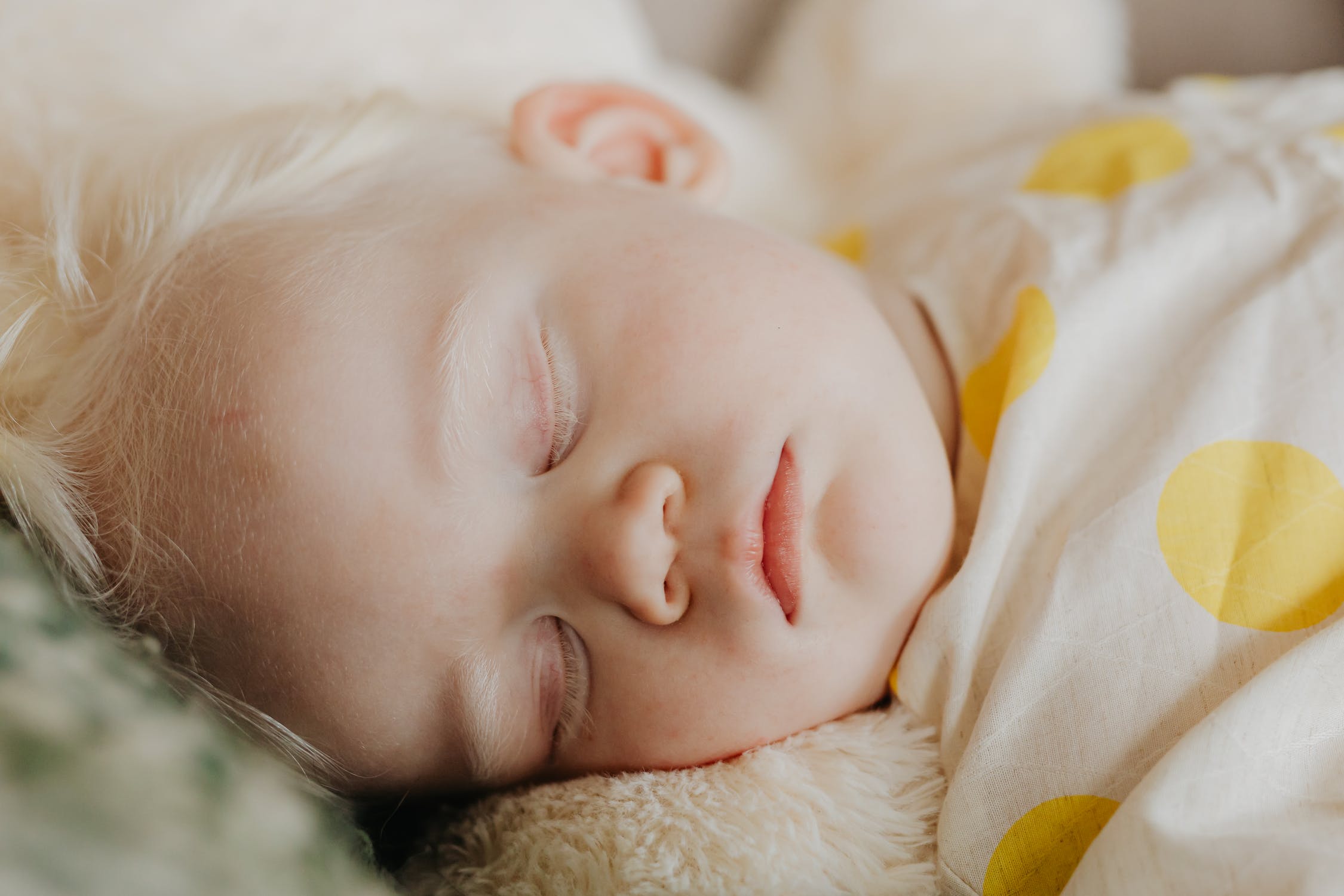
SLEEP TRAINING METHODS:
- Weissbluth Method: This sleep-training method suggests you set up a bedtime routine, (bath, book, lullaby), then put baby to sleep, shut the door and don’t re-enter until the next morning. “I tried this, and the first night was awful,” says Jen, a mom of one, who did the Weissbluth method at 4 months. “I turned on the shower and sat in the bathroom so I wouldn’t hear my son cry. But I was watching the baby monitor and saw that after an hour, he found his thumb and fell asleep. The next night was maybe 40 minutes of crying, then 20 minutes the night after that. He’s always happy in the morning, and I feel this was the right choice.”
- Cry it Out: Developed by pediatrician Richard Ferber, director of the Center for Pediatric Sleep Disorders at Children's Hospital Boston. Ferber says that in order to fall asleep on their own and sleep through the night, babies have to learn to soothe themselves. Ferber believes teaching a baby to soothe themselves may involve leaving him alone to cry for prescribed periods of time. This is a great time for dads to step in, because some moms can't handle the sound of their kids crying.
- Check-and-console method: You want to continue to check on your baby at preset intervals but never feed or rock them to sleep, as that would mean they aren’t falling asleep on their own. After putting your baby in their crib and waiting a preset amount of time (say, a minute), you go in and reassure your baby with words like “Mommy loves you” or some touch, like a rub or pat. You continue to leave and then check on them, increasing the amount of time between visits until you’ve reached about 10 or 15 minutes, and keep at it until they fall asleep. When they wake up, you start over again
- Fading or "the chair" method: Fading, also known as adult fading or camping out, falls in the middle of the sleep training spectrum. In fading, parents gradually diminish their bedtime role by sitting near your baby until she falls asleep and gradually moving the chair farther away from the crib each night. Another fading approach is to check on your baby and reassure her (without picking her up) every five minutes until she falls asleep.
- Bedtime-routine fading: With a fading technique, you continue to use whatever method you were using to help your baby fall asleep (rocking, nursing), but you decrease the amount of time you spend doing it until, in theory, you don’t have to do it altogether. This is a great technique to try if you want to minimize crying, but, unfortunately, many parents find it difficult to sustain.
- No Tears: Sleep training advocates in this category encourage a more gradual approach – soothing the baby to sleep and offering comfort right away when the child cries. Pediatrician William Sears, author of The Baby Sleep Book, is a leading proponent. Parent educator, Elizabeth Pantley, outlines a step-by-step no tears approach in her book The No-Cry Sleep Solution.
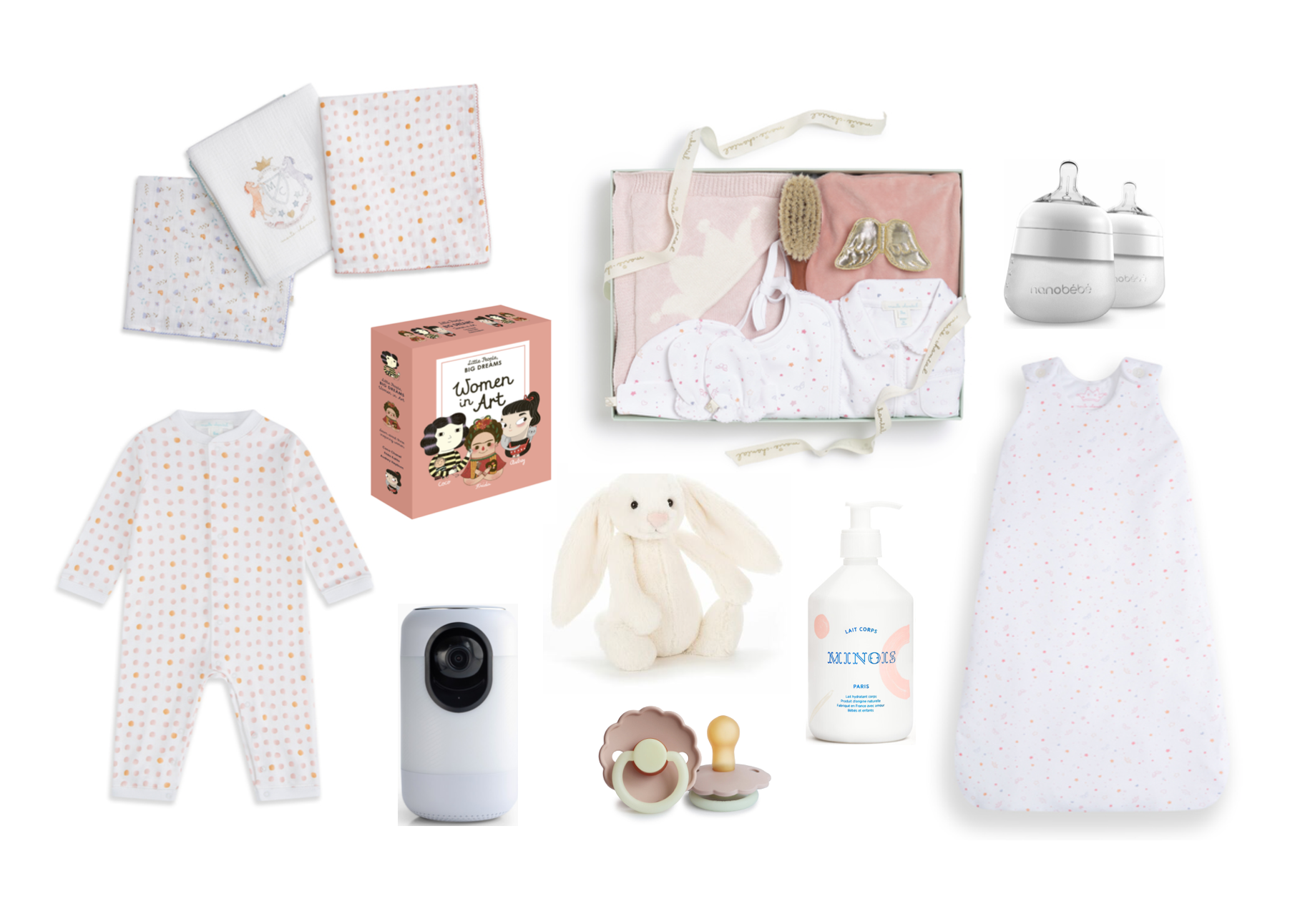
Sleep Shopping Guide: Set of 3 Printed Muslins in Pink, £65.00 at Mariechantal.com; Dot Print Romper in Pink, £39.00 at Mariechantal.com; Little People Big Dreams Boxed Set - Women in Art , £25.00 at Mariechantal.com; Pretty in Pink Angel Wing Gift Set, £259.00 at Mariechantal.com; Nanobebe Flexy Silicone Bottle in White (2 pk), $17.00 at Maisonette.com; Star and Crown Print Sleepsuit in Pink, £69.00 at Mariechantal.com; Minois Bubble Bath, $21.00 at Minoisparis.fr; Frigg Daisy Night Glow Rubber Pacifier, £4.00 at Justborn.co.uk; Medium Bashful Bunny in Cream, £20.00 at Mariechantal.com; Ohma All in One Baby Monitor (Video Monitor, Sound Machine and Sleep Trainer), $100.00 at Yogasleep.com
Have a question for MC?
Email us at askmc@mariechantal.com

Join Us On Spotify
Browse MC's recommended playlists for bathtime, playtime and then when baby has gone to bed, grown-up time.


